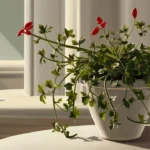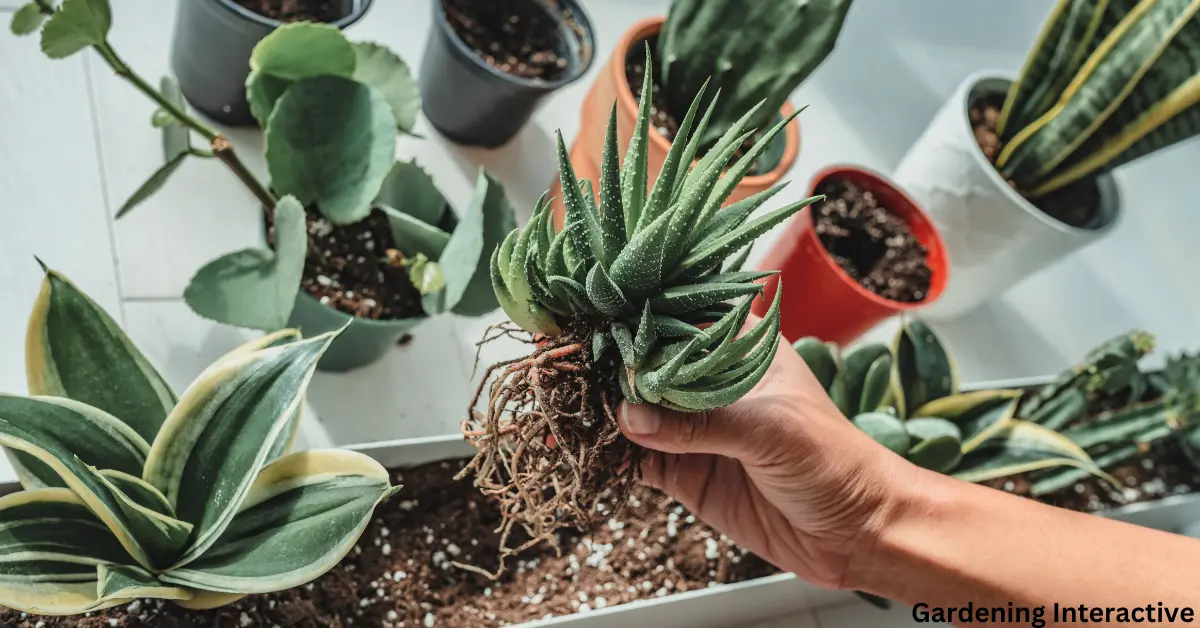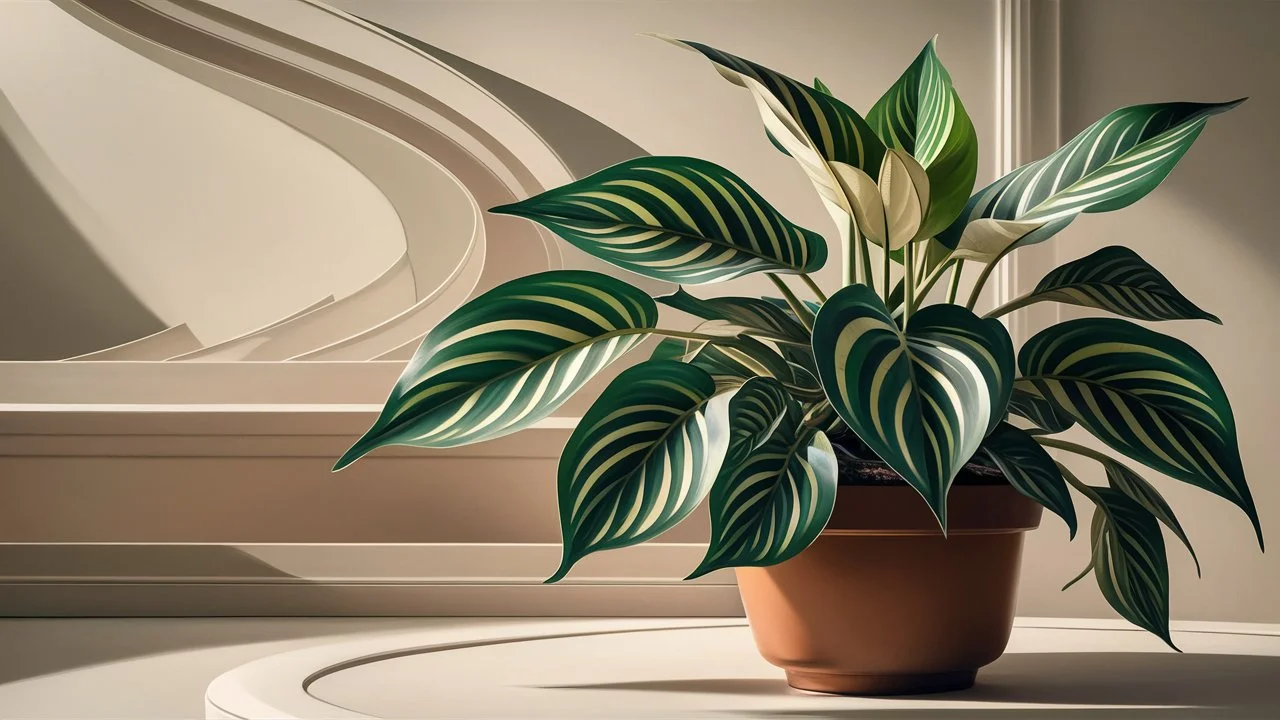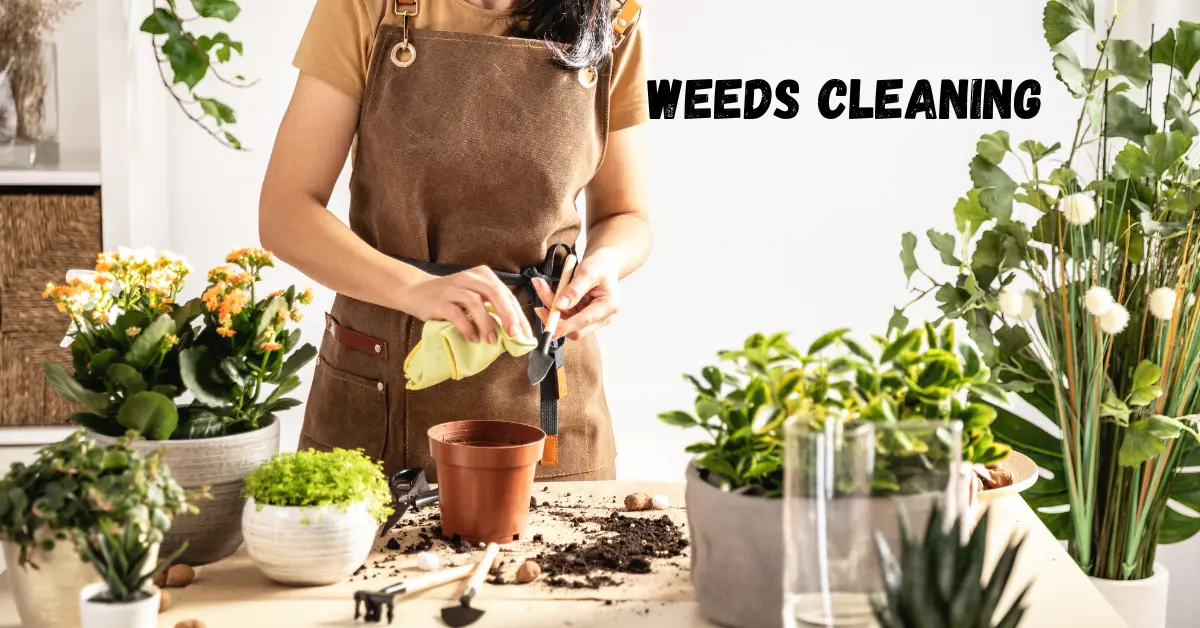
How to Propagate Calathea Plants Indoor
- Mitford Rakib
- April 23, 2024
- Indoor plants, Plants, propagation method
- 0 Comments
Calathea Plants Indoor Propagation and Care Method
Indulge yourself in the mesmerizing world of indoor gardening with the fascinating Calathea Plants Indoor. Calatheas who are famed for their colorful leaves and exuberant, tropical appearance bring that ‘kind of classy’ touch to the indoors. In this complete guide, you will discover everything you need to know on how to grow these charming plants indoors, from selecting the best species and soil preparation to pest management, you will be able to become a pro.
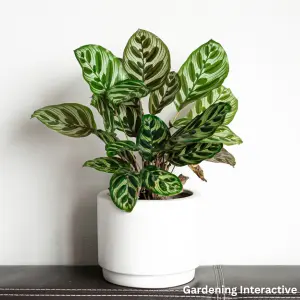
Soil Preparation:
Calatheas are bred to flourish on soil that drains fast but retains humidity as well causing soil to dry out frequently but not drown them maximizing growth. Be sure to mix peat moss, perlite, and compost in equal parts together, when preparing your potting mix. This formula is so effective because it provides proper nutrients and breathability thus shelving the root to grow the best. Be very indicative of soils that compact and suffocate the roots which will prevent the overall growth of a plant.
Pot Size and Placement:
Since the size of the plant matters here, pick a pot that exactly fits the calathea roots with some extra space. A good fit angle not only will secure healthy root development but also will keep water stagnation away from the plant pot. Be sure that the pot has enough holes at bottom to not let water stay for long, and it can be beneficial to place a saucer under, to catch extra water. To create optimal growth you require placing Calathea Plants Indoor in an area with bright, indirect sunlight hence, your selection near a north or east-facing window is a good one. Thin leaves are very sensitive to direct sunshine, thus to save them from scorching it is better to keep them in shade where they won’t get burnt and be damaged.
Read More..
Caring for Your Calathea:
The home care of your calathea plants should not be forgotten about if you want your plants to be at good health. Here’s how to ensure they thrive:
Watering: Ensure that the soil does not dry out, but do not let it get too soggy. An irrigation method may be through watering when the top inch of the soil feels dry when touched by the finger, thus the excess water may flow freely from the pot. Don’t water too much else than the plant may possibly get damaged due to the root rot.
Humidity: In particular, Calatheas demand high humidity levels just like they did in the forest. Raise humidity by misting plant leaves with water (or using a humidifier if it’s available) on a daily basis. Also, you can build a humidity tray by inserting the pot into a shallow dish of water and pebbles, under which the pot is placed and is not covered by the water.
Fertilizing: Liquid fertilizer diluted to 1/2 in strength must be applied every 4-6 weeks to one’s calathea during the growing season (spring and summer). Keep the sprinkling off during the winter months when the growth rate of the plant decreases.
Pruning: Take out that specific yellowing or damaged leaves immediately to ensure the beauty and healthiness of the whole plant. Limiting the canopy size through pruning is not only desirable to control the size of the tree, it also provides opportunities for new growth and avoids the tracking of diseases.
Pest Management:
Unlike, Calathea Plants Indoor though do not have much room to the pests they can still get affected by the common indoor critters like spider mites, mealybugs, and aphids. Check your plants regularly for pest infestation signs like yellow and deformed leaves. Immediately respond to a perceived infestation by following the control measures. Try insecticidal soap or neem oil as the organic insecticide and isolate the affected plants from others. Keep the surrounding plants quarantined to prevent the spread of pest to other plants.
Sunlight Requirements:
Calatheas translated “shade-lovers” do very well in the bright indirect sunlight that resembles the filtered sunlight of their original environment in the rainforest. Locate your plants close to a window with diffused sunlight, ensuring they do not get the entire sunshine, so letting no burnt leaves appear. When there is no natural light available, you can use artificial grow lights to lighten plants so that they can thrive.
Pet-Friendly Considerations:
Calathea Plants Indoor are pet-friendly plants that are safe for homes that have pets, adding a sense of calmness and well-being to those who keep these little friends. In addition, if the pet eats too much greenery (vegetables, both the raw and cooked) they may experience gastrointestinal complications. Don’t allow your calathea to be within reach of your pets’ curiosity, or you could even install it on the ceiling hook, so your pets can’t reach it. In the event you observe that your pet is eating the entire plant, buds, or even the seeds, observe and call for the vet immediately if, for instance, vomiting and lack of appetite, diarrhea, or lethargy begin to appear.
Learn More: Calathea (Wikipedia)
Ending Note:
They have a charming appearance which is coupled with their minimum maintenance needs, these plants are thus a joy to grow indoors. With the proper way of soil, pot size, light and the care, it will make the palm bloom and you can have the scenic tropic beauty all year round. Besides this, do not forget to water them regularly and watch for pests for a healthy plant. The humidity level should be monitored, too, so that the calathea can thrive. Cheers to your indoor gardening!
Frequently Asked Questions (FAQ):
Q1: Can I use regular garden soil for my calathea plants?
A1: It’s best to avoid using regular garden soil for calatheas, as it tends to be too heavy and can lead to waterlogging. Opt for a well-draining potting mix formulated for tropical plants, or create your own blend using peat moss, perlite, and compost.
Q2: How often should I water my calathea plants?
A2: Calatheas prefer consistently moist soil, but it’s essential to avoid overwatering. Water when the top inch of soil feels dry to the touch, typically every 1-2 weeks depending on environmental conditions. Adjust your watering frequency based on the plant’s specific needs and the moisture level of the soil.
Q3: Can I keep my calathea in a low-light area?
A3: While calatheas prefer bright, indirect sunlight, they can tolerate lower light conditions. However, prolonged exposure to low light may cause the plant to become leggy and affect its overall health. If natural light is limited, consider supplementing with artificial grow lights to provide the necessary illumination for healthy growth.
Q4: How do I prevent my calathea from getting leggy?
A4: To prevent your calathea from becoming leggy, ensure it receives adequate light and maintain a regular pruning routine. Remove any leggy or straggly growth to encourage bushier, more compact growth. Additionally, provide proper support for the plant to prevent it from leaning or sprawling.


